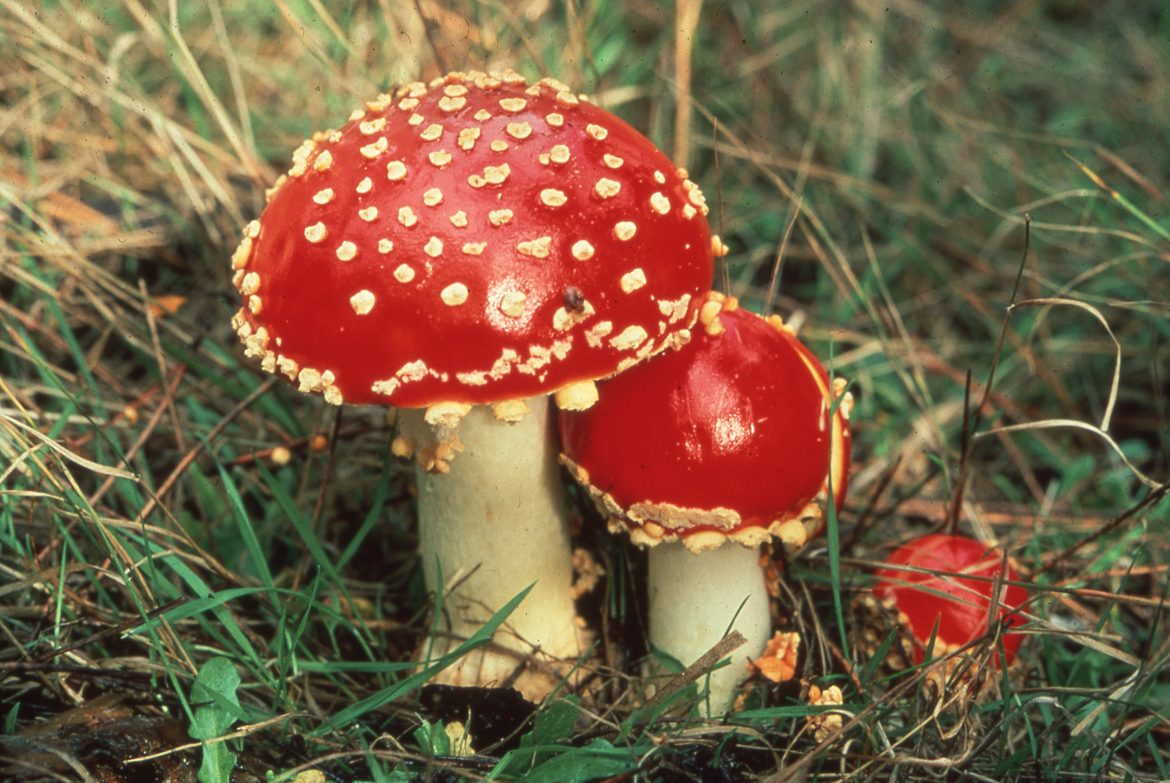Everybody knows that for most of us going into the woods to pick and eat a random selection of toadstools and mushrooms is pretty much like playing Russian roulette – it’s been drummed into us since we were reading fairy tales. The point is unless you are an absolute expert on gathering mushrooms you should probably steer well clear. But, I hear you say, isn’t it the red ones with white spots to watch out for?! Well that’s one type to avoid, and they will make you pretty ill. The poisonous Mushrooms that will really do some damage look pretty unthreatening, often just like the edible ones.
One estimate I read puts the number of cases of mushroom poisonings at between 6-7,000 cases a year in the USA alone. Whilst the fatality rate is a fraction of a percent many do experience serious mushroom poisoning symptoms. Many of these cases are children but there are plenty involving adults, and in extreme cases entire families have been poisoned. In total there are about 30 species of poisonous mushroom that have proven consistently fatal to humans, many of which are related. In addition there are a further 20 that have on occasions been known to cause death. The list below includes those responsible for killing the most people or with the greatest potential to do harm.
10 of the World's Deadliest Mushrooms
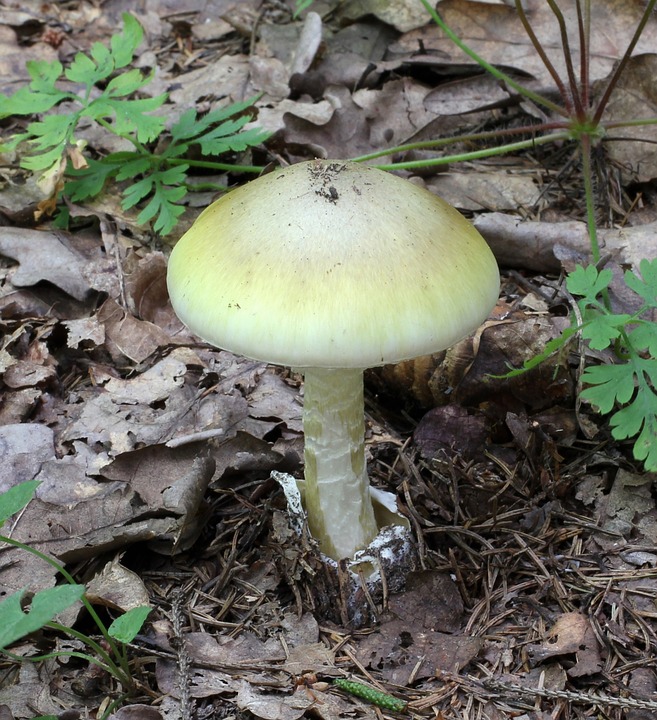
Death Cap
The death cap, scientifically known as Amanita arocheae, is a deadly poisonous fungus widely spread in Europe. The caps of these mushrooms are greenish in color and its stipe and gills are white. The death cap resembles several edible mushrooms such as the straw mushrooms and the caesar’s mushroom which increases the risk of accidental poisoning. Amatoxins are the toxins found in these fungi and are characterized by their resistance to changes from heat. The toxins in death cap mushrooms cannot be reduced through cooking. It has been reported that one half of a death cap mushroom has enough poison to kill an adult human. The toxins found in these mushrooms cause damage to the liver and kidney which can lead to renal and hepatic failure. The death cap is highly poisonous and is responsible for the most mushroom poisoning in the world.
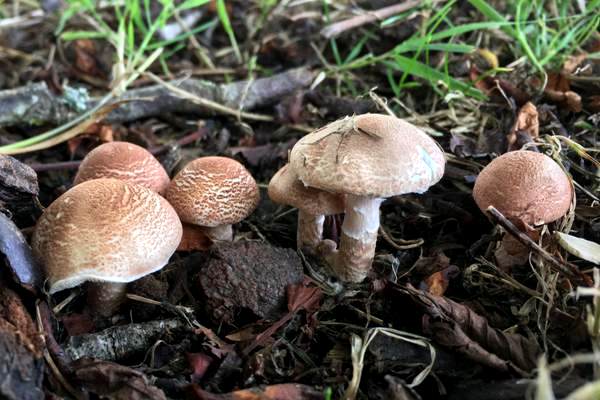
Dapperling
Dapperling is a species of gilled mushroom that is commonly referred to as the deadly dapperling. The scientific name of the dapperling is Lepiota brunneoincarnata. The dapperling contains alpha-Amanitin toxins that are highly toxic. This mushroom species inhabits Europe and temperate regions of Asia. The dapperling has white gills and spores and a cap of about 1.5 – 4 cm. This mushroom species is highly poisonous and has been responsible for a fatal poisoning in Spain and the death of four members of one family in Tunisia. The toxins in the dapperling are known to damage the liver.
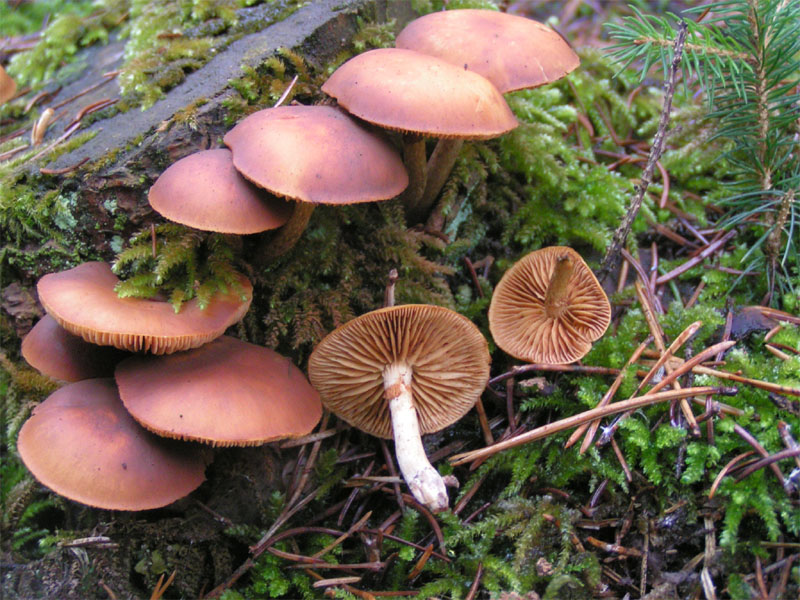
Skullcaps
The autumn skullcap, scientifically known as the Galerina marginata, is a species of poisonous fungus. The fungus has caps that range from brown to yellow. Their gills are brownish, the spores are rusty, and a ring can be found on the stems. The skullcap is widespread in the Northern Hemisphere in Northern America, Europe, and Asia. This wood-rooting fungus grows on decaying woods of conifer. This species of fungus is extremely poisonous and contains the same amatoxins found in the death cap. When ingested, this toxin causes severe liver damage, vomiting, hypothermia, diarrhea, and death if not treated early. There have been about ten poisonings attributed to this fungus species over the last century.

Destroying Angels
The destroying angels are a species of poisonous white mushrooms in the genus Amanita. The scientific name is Amanita bisporigera. This fungus species inhabits eastern and western parts of North America and Europe. The species commonly grows near edges of woodlands and can be found in grassy lawns near trees and shrubs. The toxins found in the destroying angel are amatoxins that inhibit RNA polymerase II and III. Ingesting even one half of a destroying angel mushroom can be fatal if not quickly treated. The ingestion of this fungus leads to damage of the liver and kidney, and its symptoms include vomiting, convulsion, cramps, delirium, and diarrhea.

Webcaps
The deadly webcaps are a group of seven related fungus species in the genus Cortinarius. The Orellani are among the world’s most poisonous mushrooms since they contain a highly toxic compound called orellanine. The webcaps have characteristics related to other mushrooms making it difficult to differentiate which can lead to fatal poisoning. Symptoms following the ingestion of orellanine are similar with those of the common flu and include vomiting, headaches, nausea, and stomach pains. Renal failure follows the symptoms due to kidney damage and if not treated early, ingestion can lead to death.
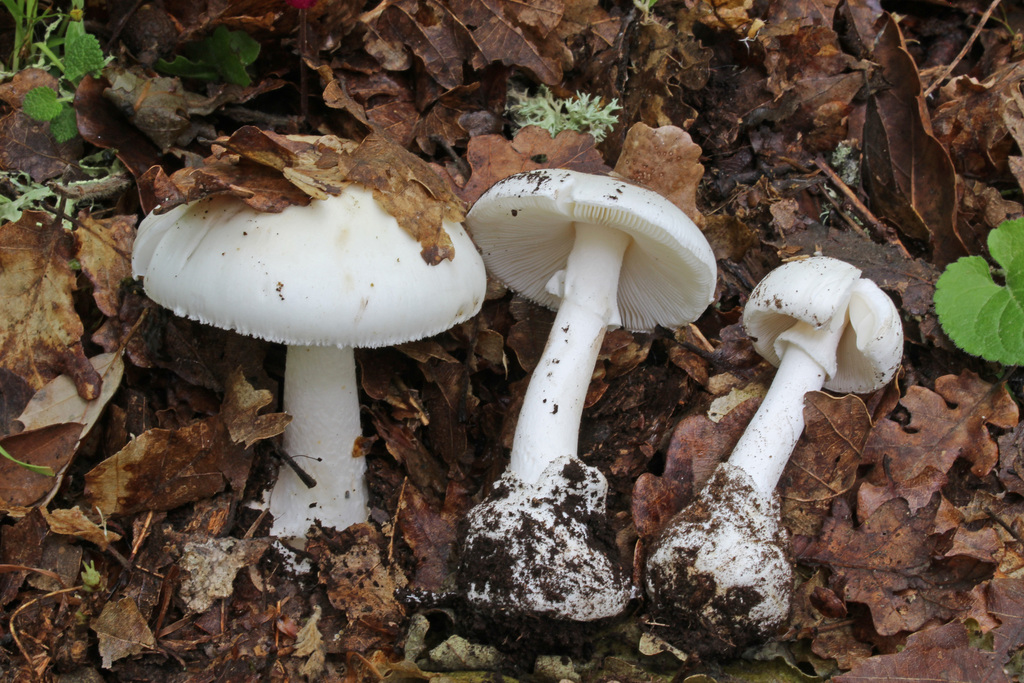
Fool's Mushroom
The fool’s mushroom, scientifically known as Amanita verna, is a deadly poisonous fungus from the genus Amanita. This fungus species occurs during spring in Europe on deciduous and coniferous trees. The caps, gills, and stipe of the fool's mushroom are all white in color. Like the death cap mushroom, the fool's mushroom contains the alpha-amanitin compound that is highly poisonous. Ingestion of this toxin leads to kidney and liver failure.
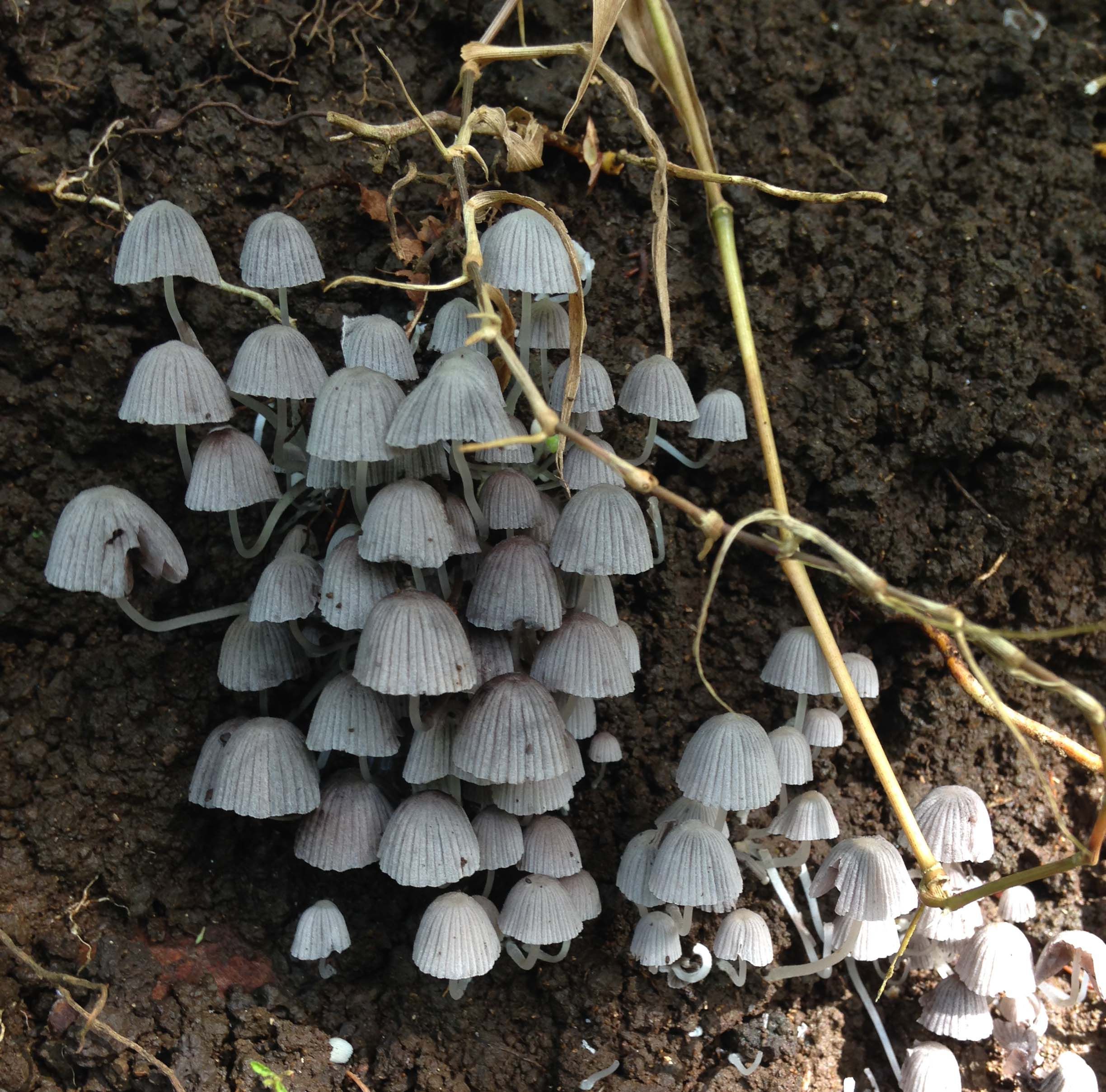
Little White
The little white mushroom, scientifically known as the Trogia venenata, is a species of fungus indigenous to the province of Yunnan in Southwest China. The little white mushroom is highly toxic as it contains three toxic amino acids. The ingestion of these toxic amino acids causes cardiac arrhythmia and hypoglycemia.
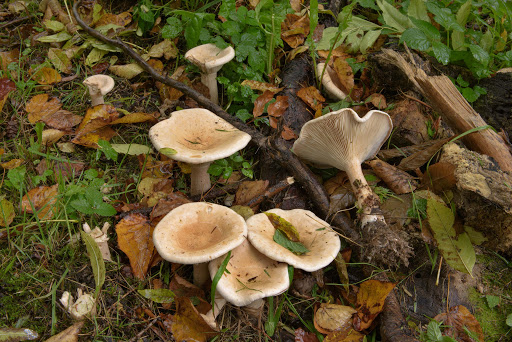
Ivory Funnel
The ivory funnel is a toadstool mushroom found in lawns and grassy areas in Europe and North America. The ivory funnel contains toxic levels of muscarine. This mushroom species is small, with a cap of a diameter of about 2-4 cm. Its stripe is about 2-3.5 cm tall and 0.5-1 cm wide. Muscarine poisoning leads to increased salivation, tear flow, and sweating following 15-30 minutes of its ingestion. Ingestion of large amounts can lead to severe abdominal pain, nausea, blurred vision, diarrhea, and labored breathing. The level of intoxications decreases after two hours, deaths are rare, but in severe cases death can occur due to cardiac and respiratory failure.
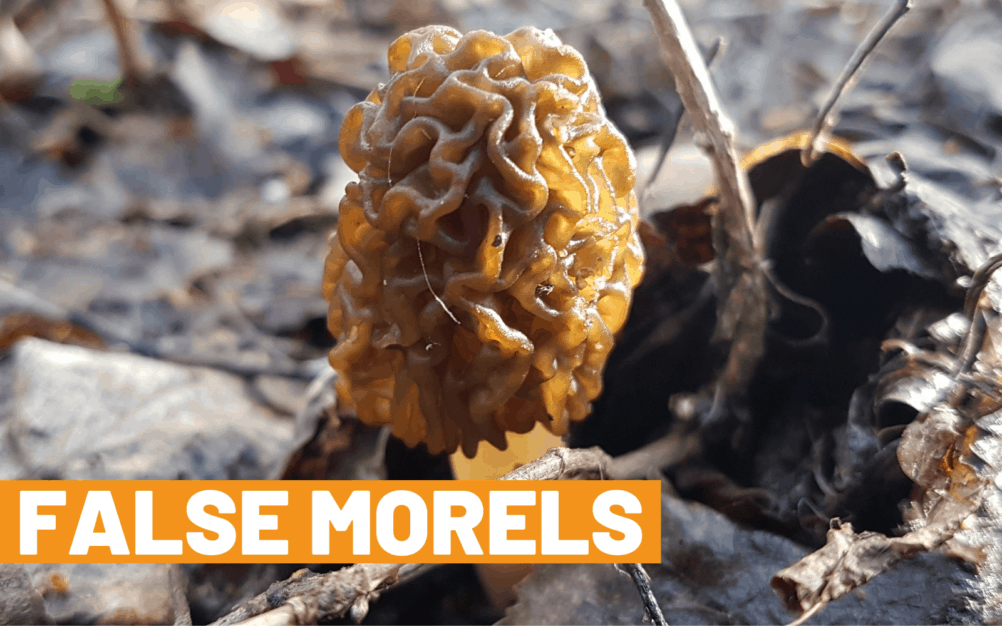
False Morel
The false morel is a mushroom species that resembles the true morels from the genus Morchella. This species of fungus is scientifically known as Gyromitra esculenta. The mushrooms are known to be delicious but deadly if eaten fresh as they contain monomethylhydrazine. Some people are not harmed by eating the false morel while others develop acute toxicity and possible long-term health risks.
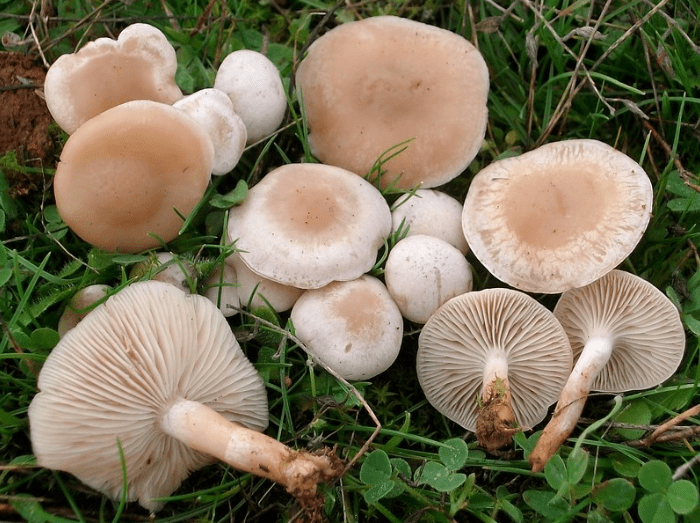
False Champignon
Clitocybe rivulosa is the scientific name of the false champignon, which is a poisonous basidiomycete fungus from the genus Clitocybe. This fungus species is funnel shaped and found in lawns and grassy regions in Europe and North America. Muscarine is the primary toxin present in the mushroom that causes poisoning leading to salivation, perspiration, and lacrimation. Large doses of this toxin can cause abdominal pains, diarrhea, nausea, labored breathing, and blurred vision.
Conclusion
From the above analysis, we find that there are many poisonous mushroom species in the wild and caution should be taken before eating them. Mushroom hunters should avoid wild mushrooms as it is hard to differentiate if they are poisonous or edible.
World's Deadliest Mushrooms
| Rank | Mushroom Name | Area of Toxicity | Agent | Area Found |
|---|---|---|---|---|
| 1 | Asian Abrupt-Bulbed Lepidella | Liver and Kidney | 2-amino-4, 5-hexadienoic acid | Woods of Eastern Asia |
| 2 | Autumn Skullcap | Liver | Amatoxins | Worldwide |
| 3 | Brown Roll-Rim | Rupturing of Red Blood Cells | Glycoprotein Antigen | Europe and North America |
| 4 | Chestnut Dapperling | Liver | Amatoxins | Woods of Europe |
| 5 | Deadly Dapperling | Liver | Amatoxins | Woods of Europe |
| 6 | Deadly Parasol | Liver | Amatoxins | Woods of North America |
| 7 | Deadly Webcap | Kidney | Orellanine | Woods of Northern Europe |
| 8 | Deadly Webcap | Kidney | Orellanine | Tasmania, Australia |
| 9 | Death Cap | Liver and Upper Gastrointestinal Tract | a-Amanitin and Phalloidin | Woods of Europe, North Africa, North America, Australia, New Zealand |
| 10 | East Asian Brown Deep Cap | Liver | Amatoxins | Woods of China |
| 11 | East Asian Death Cap | Liver | Amatoxins | Woods of Southeast Asia, Japan, and India |
| 12 | Eastern Destroying Angel | Liver | Amatoxins | Woods of Eastern North America |
| 13 | Ergot | Multiple | Ergotamine | Worldwide |
| 14 | European Destroying Angel | Liver | Amatoxins | Woods of Europe |
| 15 | False Champignon | Central Nervous System | Muscarine | Europe and North America |
| 16 | False Morel | Multiple | Monomethylhydrazine | Woods of the Northern Hemisphere |
| 17 | Fool's Mushroom | Liver | Amatoxins | Woods of Europe |
| 18 | Fool's Webcap | Kidney | Orellanine | Woods of Northern Europe |
| 19 | Great Felt Skirt Destroying Angel | Liver | a-Amanitin | North America and Gautemala |
| 20 | Guangzhou Destroying Angel | Liver | Amatoxins | Woods of Guangdong, China and Parts of India |
| 21 | Ivory Funnel | Central Nervous System | Muscarine | Europe and North America |
| 22 | Latin American Death Cap | Liver | Amatoxins | Woods of Mexico |
| 23 | Little White | Cardiac Arrhythmia | (2S,4R)-2-amino-4-hydroxyhex-5- ynoic acid | Yunnan, China |
| 24 | Red-Staining Inocybe | Central Nervous System | Muscarine | Woods of Europe |
| 25 | Smith's Lepidella | Liver and Kidney | a-amino-4, 5-hexadienoic acid | Woods of Japan and the Pacific Northwest |
| 26 | Splendid Webcap | Kidney | Orellanine | Europe |
| 27 | Western Destroying Angel | Liver | a-Amanitin | Pacific Northwest Forests |

